Physical Address
Suite 5, 181 High Street,
Willoughby North NSW 2068
Physical Address
Suite 5, 181 High Street,
Willoughby North NSW 2068
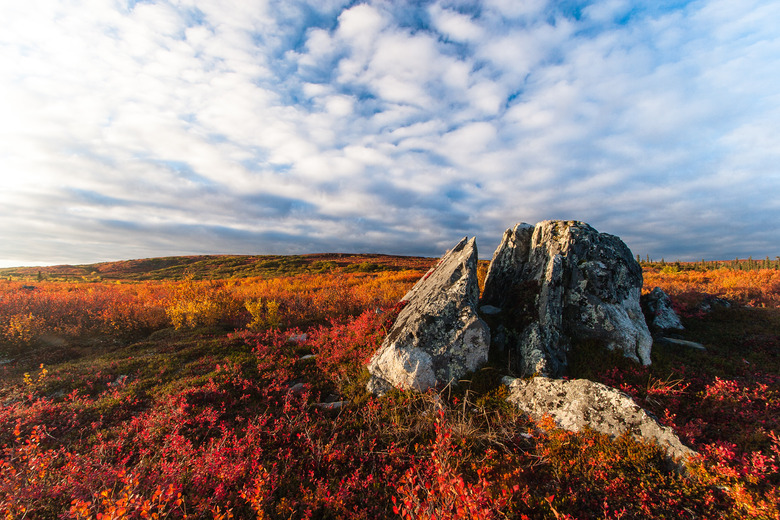
The tundra and taiga represent the two coldest land biomes on the planet, but they have different precipitation levels, and the tundra has permafrost. These two factors cause sharp differences between the plant life of the two biomes, and the resulting local animal populations. Together they make up the majority of Canada, Scandinavia, Alaska and northern Russia.
The main differences between the taiga and tundra are precipitation levels and temperatures.
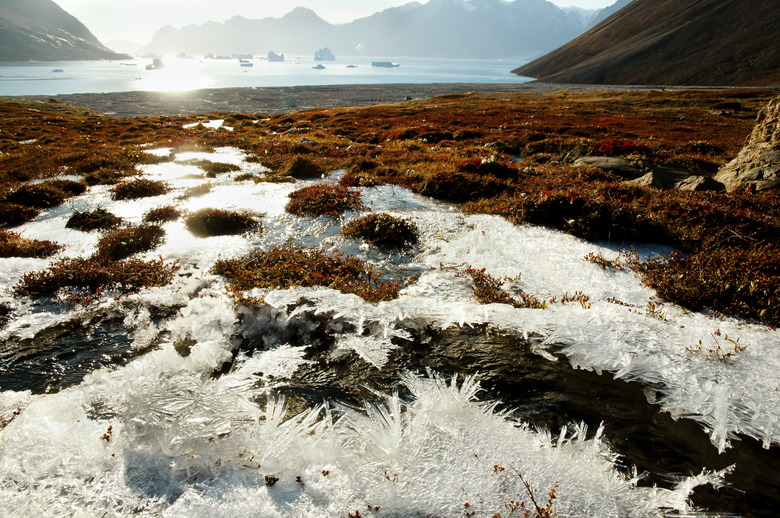
One of the major ways in which the taiga and tundra differ is in temperature. Over the course of a year, temperature in the taiga averages between 41 degrees Fahrenheit and 23 degrees Fahrenheit. Water freezes at 32 degrees Fahrenheit. In the tundra, this average temperature is below 23 degrees Fahrenheit. As you go north, there are fewer warm days per year, and permafrost begins to develop. Permafrost is soil that stays frozen year round and is one of the defining characteristics of the tundra. In taiga, the soil may freeze during winter, but the summer months are warm enough for the soil to thaw.
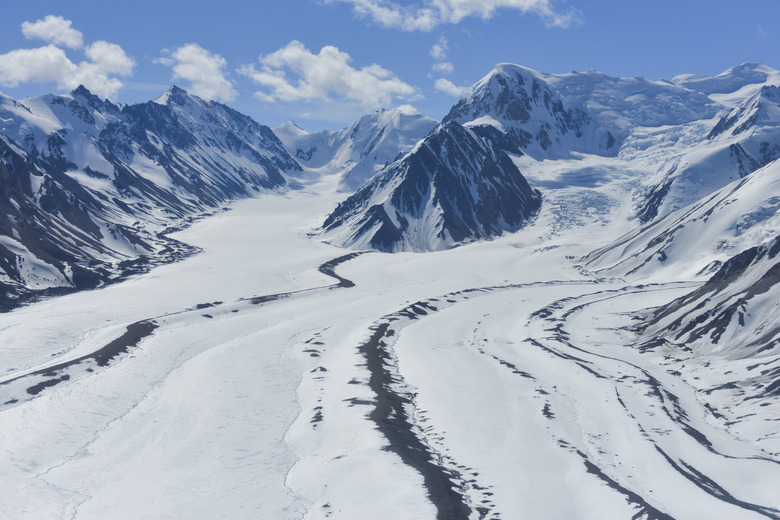
Another major difference between the taiga and tundra is precipitation. While there is frost and ice in the tundra, there is very little precipitation, less than 4 inches per year. In contrast, the taiga sees precipitation, mostly in the form of snowfall, which can total over 80 inches a year. This means that the taiga is a wet biome with plenty of available moisture; in some places the climate is boggy. In contrast, the tundra is close to being a desert; the soil stays frozen and dry.
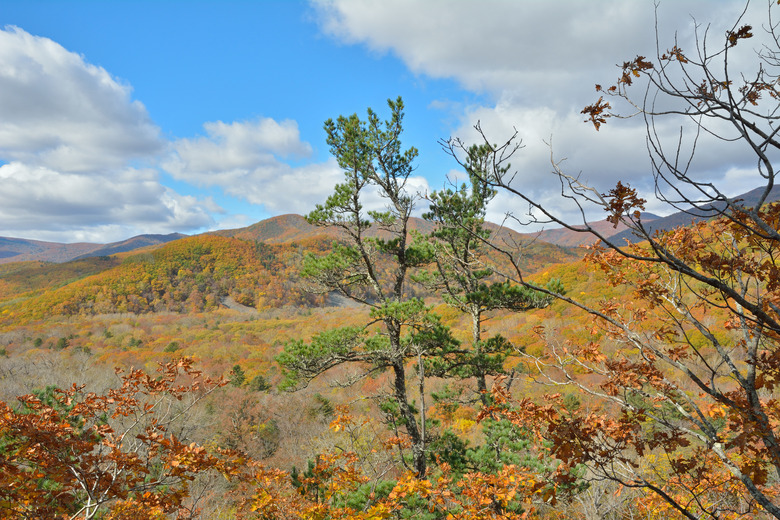
The most striking visual difference between taiga and tundra is the presence of trees. The taiga has a thick forest of conifers such as pine and spruce, while in the tundra trees are absent completely. This is due in part to the lack of water available in the tundra, but also is a result of permafrost. Trees have great difficulty growing stable roots in frozen ground. While both the tundra and taiga have lichens and mosses, many grasses and wildflowers grow in the tundra that are less common in the taiga. The soil in the taiga is highly acidic and low in nitrogen, making growth difficult for plants that are not adapted to the environment. Plants in the taiga have more in common with those found in swamps and bogs than in temperate forests and include shrubs such as blueberries and carnivorous plants like the pitcher plant.
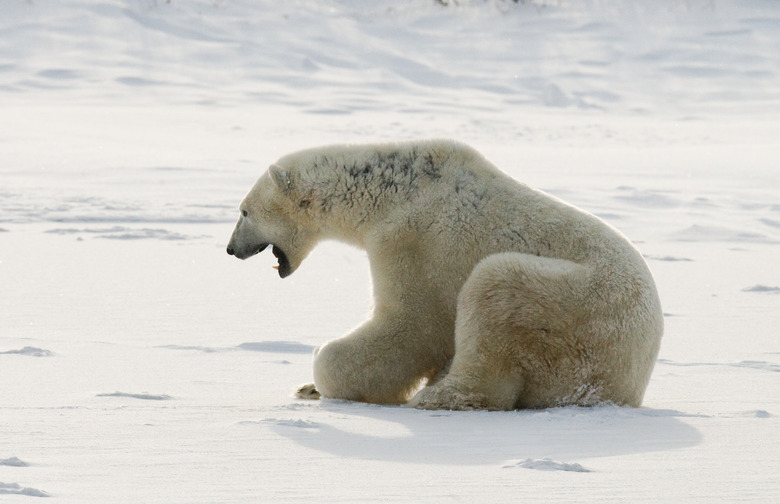
Animal life in both the taiga and tundra includes mammals and birds. Species of foxes, bears, wolves, hares and rodents are common to both biomes. However, the specific species vary between taiga and tundra. For instance, moose and deer live in the taiga, while reindeer are more common in the tundra. Tundra is home to the polar bear, taiga to the grizzly. Bird species also vary between the two biomes. In the taiga, fly- and nut-eating songbirds such as jays and woodpeckers share the trees with carnivorous owls that eat small mammals. In contrast, the birds of the tundra are largely migratory sea-birds, such as terns, loons and gulls.